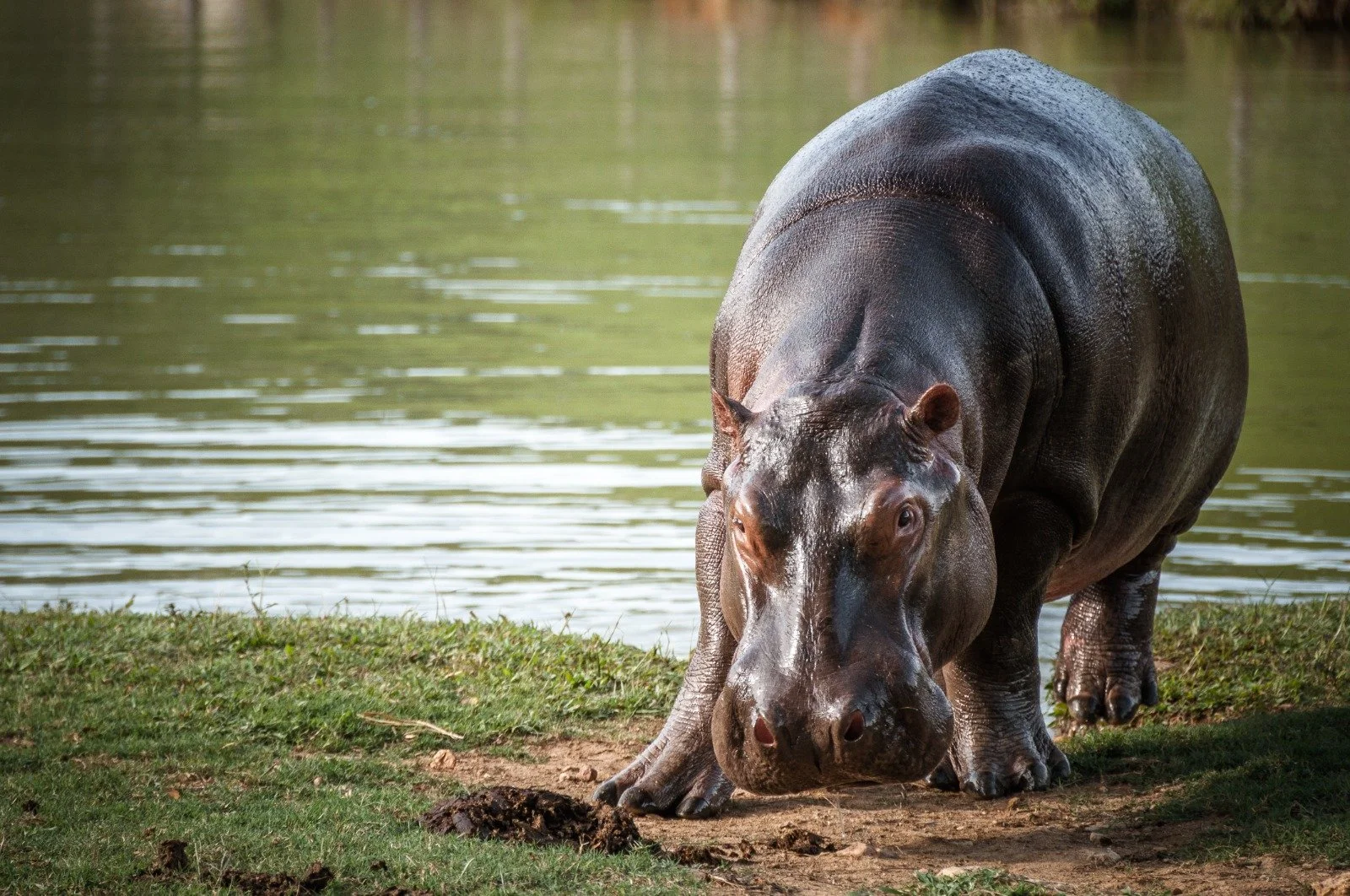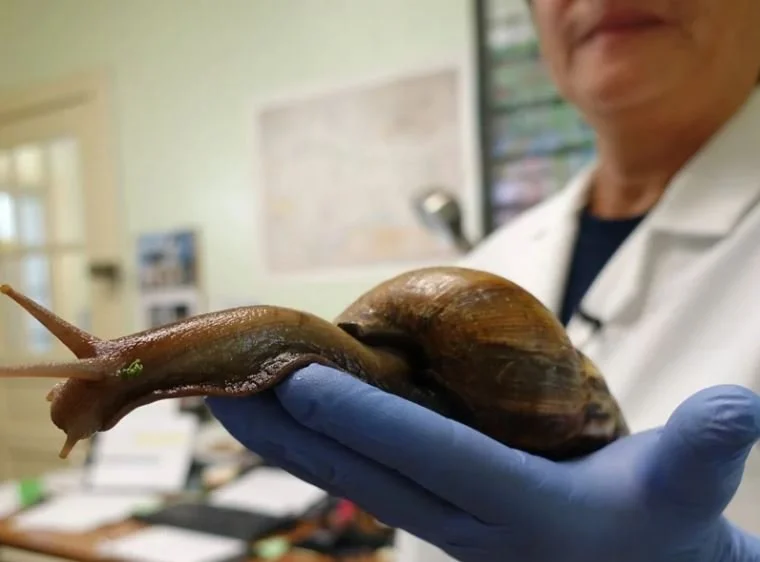All tagged invasivespecies
It’s been five years since the dreaded “murder hornet” was first spotted in the Pacific Northwest. Ever since, teams of assassins from the US and Washington State departments of agriculture have tracked down and killed the invasive species; this week the agencies declared the killer hornet dead and gone.
The US Fish and Wildlife Service wants to enlist shotgun-wielding assassins to kill more than a half million barred owls in the Pacific Northwest. The object: to save the habitat for the invasive birds’ endangered cousins, the northern spotted owl.
The problem with goldfish is that “they can eat anything and everything.” That’s according to Christine Boston, an aquatic research biologist with Fisheries and Oceans Canada. The voracious fish, which are in fact a kind of East Asian carp, are living large in the Great Lakes, to the detriment of everything else.
It’s been four decades since drug kingpin Pablo Escobar smuggled four hippopotamuses out of Africa to populate his lavish estate in Colombia with exotic animals. Escobar has been dead a long time but his hippos have flourished, with more than 150 of the beasts stomping throughout the Magdalena River basin.
The US Fish and Wildlife Service has taken nearly two dozen animal species off of the endangered list, and that’s bad news because it means there’s no hope for them. The animals – one mammal, 10 types of birds, two species of fish, and eight types of mussels – are too far gone to warrant protection.
In Los Angeles, a robust population of an invasive species – the red-crowned parrot – is thriving. For once, the aliens are not a threat to native species; in fact, the LA parrots might end up saving their cousins in the wild, where these birds are threatened.
The northern snakehead, an invasive fish from Asia that has been eating its way through the Eastern Seaboard since it first appeared in Maryland two decades ago, was spotted for the first time in Louisiana this week.
Scientists have discovered that the great Pacific garbage patch, the 620,000-square-mile vortex of trash in the ocean, is rife with thriving communities of sea creatures, most of them more naturally at home on the coasts.
Cocaine kingpin Pablo Escobar has been dead for thirty years but at least part of his legacy lives on in the form of voracious hippopotamuses, which the Colombian government now has to deal with.
A student from Southern Illinois University Carbondale may have accidentally discovered a way to track the invasive Burmese pythons plaguing south Florida. Graduate student Kelly Crandall was examining how human activities influence the movements of raccoons and possums in and around Crocodile Lake National Wildlife Refuge in Key Largo. Crandall and her colleagues captured 30 possums and raccoons, fitted them with GPS collars, and set them loose.
Herds of wild pigs – dubbed “super pigs” for their size, intelligence, and hardiness – have been spotted within 10 miles of the US border and North Dakota. Invasive pigs have had a foothold in Canada since the 1980s, when farmers began breeding domestic pigs with wild boars imported from Europe. But there wasn’t much of a demand for the new breed of Canadian bacon and the Frankenpigs were turned loose.
We don’t often cheer on organized animal slaughter, but what’s not to like about the Florida Python Challenge? For ten days (August 5-14), snake hunters will be allowed to stomp around the Everglades to capture and kill invasive Burmese pythons, which have infested the massive wetlands.
A giant African land snail has been spotted in the New Port Richey area of Pasco County in Florida. The snail (Lissachatina fulica) will feed on more than 500 types of plants but nothing will feed on it, nothing in Florida anyway. The invader was first spotted here in 1969 and has since been “eradicated” twice – in 1975 and again last year – but life finds a way.
Late last year, a team from the Conservancy of Southwest Florida captured and killed one of the thousands (or more) of the Burmese pythons plaguing the Everglades. This one, a female packed with 122 egg follicles, was a whopper: nearly 18 feet long and weighing 215 pounds.















